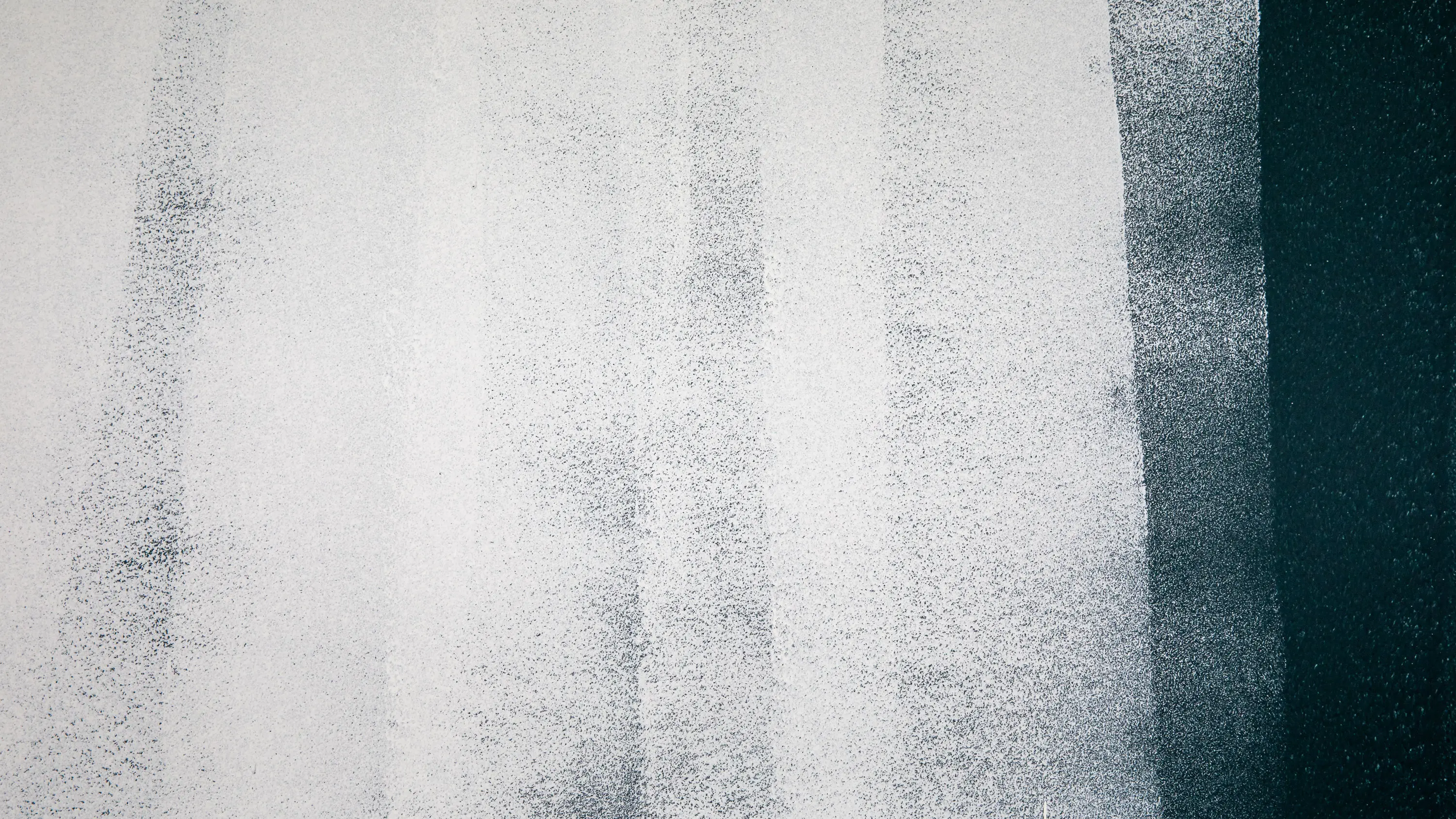Interior Paint Lapping
Have you noticed that there are areas of denser colour or higher gloss where wet and dry layers overlap during painting?

Possible Cause
This is caused by not maintaining a ‘wet edge’ while painting.
Solution
To maintain a wet edge, apply your paint towards the unpainted area and then back into the just-painted surface. Brushing from "wet to dry," rather than the other way around will help produce a smooth, uniform appearance. It’s also wise to minimise the area being painted and plan for interruptions at a natural break, such as a window, door or corner. Using a top quality water-based paint makes it easier to avoid lapping problems because higher solids (pigments and binder) content makes lapped areas less noticeable. If substrate is very porous, it may need a primer/sealer to prevent paint from drying too quickly, reducing wet edge time and therefore making lapped areas noticeable. Solvent-based paints generally have superior wet edge properties, and therefore less lapping.
Customer Service
Make confident decisions about your project needs with support from our wide network of painters or speak to one of our Customer Service consultants now.
Customer Service
Want to change but don’t know where to start? Dulux Customer Services are expert consultants who can help you with colour advice, product selection and application, everything you need for your next paint project.
Contact Customer Service-->
